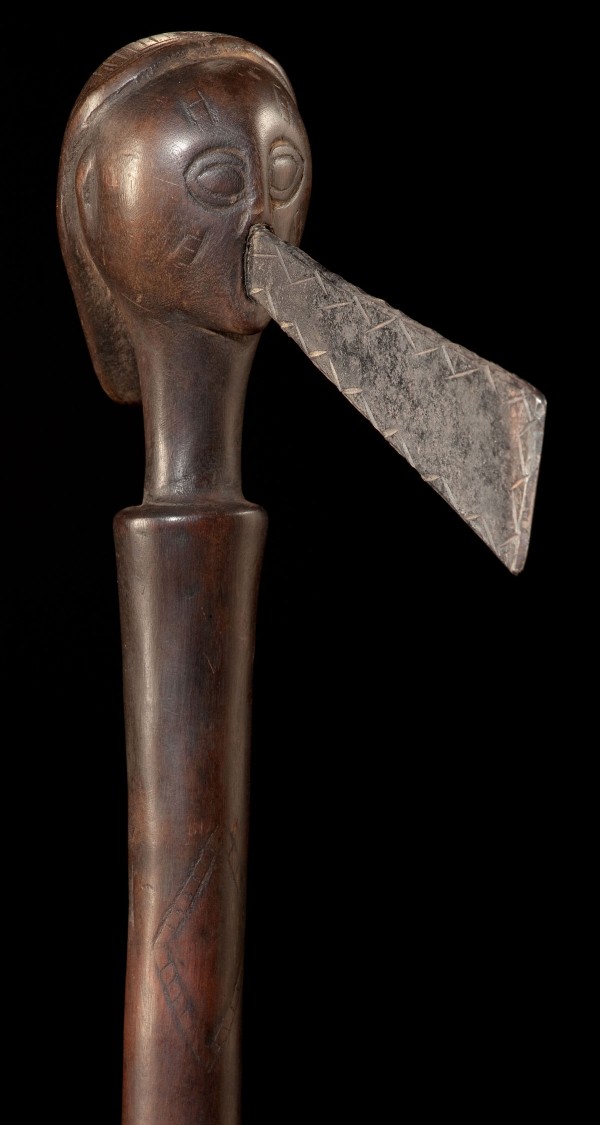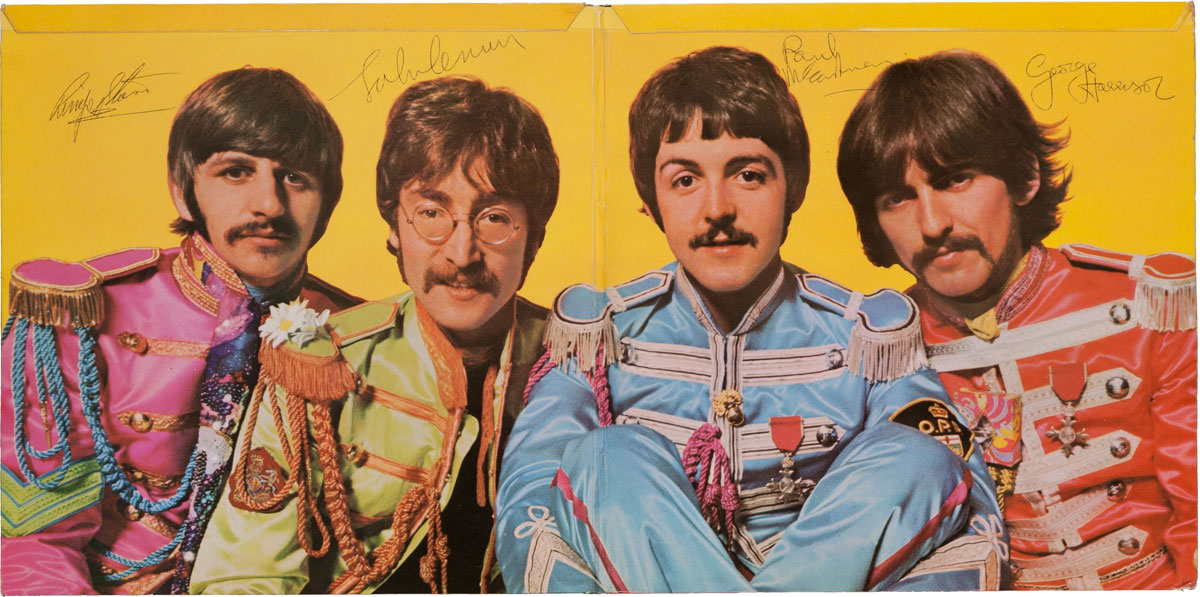An important Kikuyu wood dance shield from Kenya is the top lot from the Toledo Museum of Natural History: The Personal Collection of Carl Akeley, a special offering within The Estate Signature Auction, scheduled for Sept. 13 at Heritage Auctions.
“Carl Akeley is best known for his innovative taxidermy in the late 19th and early 20th centuries,” said Ed Beardsley, Vice President of Heritage. “The Akeley Hall of African Mammals at the American Museum of Natural History — along with some of the revolutionary pieces that Carl produced for the Field Museum — are seen by millions of visitors in New York and Chicago each year.”
On his five expeditions to Africa, however, Akeley not only collected animal specimens, but also obtained art and cultural objects from the peoples living there. More than 50 such items from Akeley’s personal collection were donated to the Toledo Museum of Natural History in 1938, a dozen years after his death during his last African expedition in 1926. Collectors now have the chance to become the first private owners of these objects since Akeley himself.
In addition to being a part of the Toledo Museum of Natural History’s collection for over 70 years, a number of the items were also loaned out to the Toledo Museum of Art in 2008 as part of an exhibition called “In Brightest Africa.” Items on display included shields, personal adornments, and even a witch doctor’s bag.
The top lot of the grouping is the Kikuyu shield displaying bold geometric patterns, painted on one side and carved on the other. It has two holes, one small in the middle of the shield-face and a larger cylindrical hole protruding from the carved side. It stretches an impressive 28 1/4″ (71.8 cm) at its longest and is estimated at $15,000+.
Shields overall are a great strength of the collection with several further important pieces: A painted elliptical leather shield from eastern Africa, painted red and black on the front with a wood handle on the back, is estimated at $2,500+, while an elliptical leather shield from the Massai or Nandi people painted red, white, black with a wood and leather handle on the back, is estimated at $1,500+.
The collection includes several other important items of warfare and related ritual: a wood and iron axe from the Luba people of the Democratic Republic of the Congo, its head carved as a stylized human face with the iron blade forming its nose, is estimated at $800+. Multiple examples of the Massai errap — a horn-and-copper arm band worn by warriors who have killed in battle — appear in the auction; the longest, at 22″ (55.9 cm), is estimated at $400+.
The collection also contains many objects associated with daily life and music. A Zulu wood neckrest from South Africa, notable for its finely carved and painted legs, is estimated at $1,500+. A wood and hide drum from the Ganda people of Uganda, 20″ (50.8 cm) tall and 17 1/2″ (44.5 cm) across, is estimated at $800+; a taller, narrower drum from the same region with a lizard-skin drumhead also is estimated at $800+.
Among the ceremonial and spiritual highlights, a Congolese diviner’s oracle set of bones, pebbles, and shells in a woven fiber bag is estimated at $500+. An ilukere or ceremonial flywhisk made of a wood handle and a wildebeest’s tail plume and carried by a personage of power in eastern Africa, is estimated at $200+.















